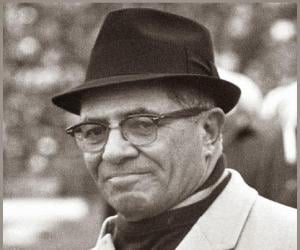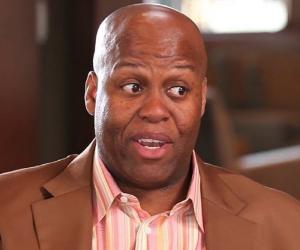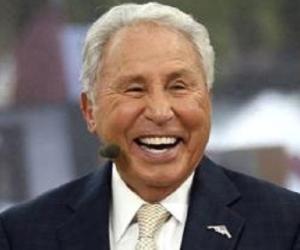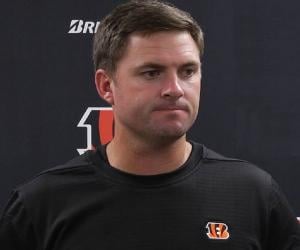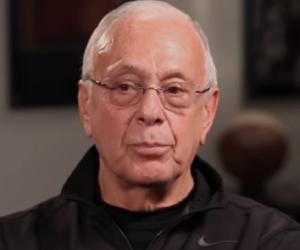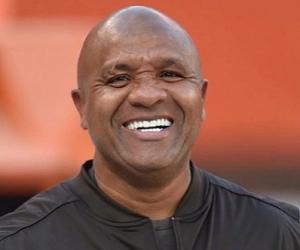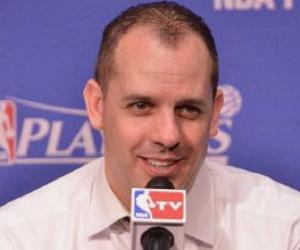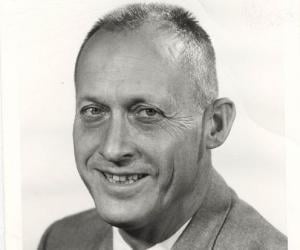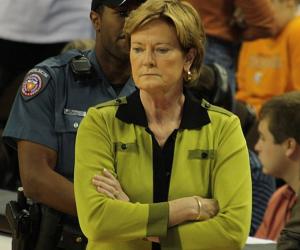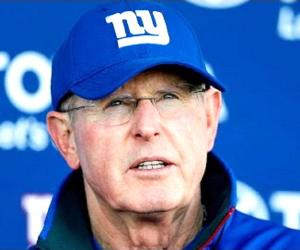Quick Facts
Also Known As: Vincent Thomas Lombardi
Died At Age: 57
Family:
Spouse/Ex-: Marie Lombardi (m. 1940–1970)
father: Enrico
mother: Matilda
siblings: Claire Lombardi, Harold Lombardi, Joe Lombardi, Madeleine Lombardi
children: Susan Lombardi, Vince Lombardi
Coaches American Men
Died on: September 3, 1970
place of death: Washington, D.C., United States
Cause of Death: Colorectal Cancer
City: Brooklyn, New York City
U.S. State: New Yorkers
More Facts
education: Fordham University
awards: 1959 – AP NFL Coach of the Year
1971 – Pro Football Hall of Fame
1967 – Super Bowl I champion
1968 – Super Bowl II champion
1956 – 4× NFL Champion
1961 – 4× NFL Champion
1962 – 4× NFL Champion
1965 – 4× NFL Champion
1975 – Green Bay Packers Hall of Fame
1997 – Washington Redskins Ring of Fame
Childhood & Early Life
He was born to an Italian immigrant Enrico ‘Harry’ Lombardi and his wife Matilda ‘Mattie’ Izzo and was the oldest of their five children. He was raised in a strict Catholic household and was made an ‘altar boy’ at St. Mark’s Catholic Church.
At the age of 12, he started playing in an organized un-coached football league in Sheepshead Bay. In 1928, he enrolled in the Cathedral College of Immaculate Conception to study for the priesthood. After completing four years there, he enrolled at St. Francis Preparatory high school where he became a charter member of ‘Omega Gamma Delta’ fraternity.
In 1933, he went to Fordham University on a football scholarship to play for the Fordham rams and coach Jim Crowley. He was one of the footballs team’s ‘Seven Blocks of Granite’, a nickname for the team’s sturdy offensive line there.
On June 16, 1937, he graduated from Fordham’s University and attended the law school in the evening while working for a finance company during the day. But he soon dropped out from the Law College since his grades were poor.
Career
In 1939, he became the assistant coach at St. Cecelia high school, a Roman Catholic high school in Englewood, New Jersey. In addition to it, he also taught Latin, chemistry and physics at the high school and soon became the head coach there in 1942.
In 1943, St. Cecelia’s football team reached the pinnacle of glory under his coaching. While there, he also became a member of the Burgen County Coach’s association. He stayed at Cecelia for eight seasons and then returned to his alma mater.
In 1947, he became the coach of football and basketball at Fordham University. In the following year, he served as an assistant coach there for Fordham’s varsity football team and gave up his coaching career at the University after few seasons.
He continued his coaching career at West Point as an offensive line coach under legendary head coach Earl ‘Colonel Red’ Blaik. During this time, as an assistant to Blaik, he identified and developed what later became the hallmark of his great team- simplicity and execution. He served there for five seasons and then switched on to the other team.
Major Works
In 1954, he began his New York football league career with the ‘New York Giants’. There he took a job of offensive coordinator under new head coach Jim Lee Howell. He worked there for five years and led them to five winning seasons, culminating with the league championship in 1956.
He signed a five-year deal, in 1959, to head the football team ‘Green Bay Packers’ and transformed the struggling packers in to an emerging champion. During his career there, he led the football club to five championships including victory in Super Bowl I and II and the team never encountered a losing season.
In 1969, he left Green Bay and returned to the field as the head coach of the ‘Washington Redskins.’ He led the club to its winning record in more than a decade and brought a winning attitude to the team.
Awards & Achievements
In 1967, he received the Fordham’s highest honor, the ‘Insignis medal’ for being a wonderful teacher. After four years, he was inducted into the Fordham’s University Athletic Hall of Fame.
In 1969, he received the ‘Silver Buffalo Award’ by the Boy scouts of America and two years later was enshrined in the NFL’s pro football Hall of Fame.
In 1976, he was elected to the Wisconsin’s athletic hall of fame. After few years, in 1988, he was inducted in to the American football association’s semi-pro football hall of fame. Finally in 2008, he was inducted into the New Jersey hall of fame posthumously.
Personal Life & Legacy
On August 31, 1940, he married his sweet-heart Marie Planitz with whom he had two children, a son named Vincent Harold Lombardi (Vincent Jr.), and a daughter named Susan.
A fourteen foot statue of Lombardi was erected on a plaza outside the stadium as a part of Lambeau field renovation. The statue was in an overcoat grasping the program, as he often did on the sideline. In 1968, highland avenue in Green Bay was renamed Lombardi Avenue.
The NFS Super Bowl trophy was renamed the Vince Lombardi trophy after him. In 1970, the rotary club of Houston created the Lombardi award which is given annually to the best college football offensive or defensive, lineman or linebacker.
The football field at Old Bridge School, New Jersey, is named Lombardi Field and a plaque dedicated to him was installed in 1974 in the sidewalk near Sheepshead bay road and East 14th street in Brooklyn, New York.
At Fordham University, the Vincent T. Lombardi center was named after him. The Vincent T. Lombardi council number 6552, Knights of Columbus, in Middletown, New Jersey is also named after him.
Vince Lombardi passed away at the age of 57 years due to colon cancer in September of 1970
Facts About Vince Lombardi
Vince Lombardi was known to have a meticulous attention to detail, down to the smallest aspect of the game. He once famously said, “Perfection is not attainable, but if we chase perfection we can catch excellence.”
Lombardi was not only a successful football coach, but he also had a deep love for literature and poetry. He often quoted Shakespeare and other literary figures to motivate his players.
Despite his tough coaching style, Lombardi was known for his compassion and care for his players off the field. He was known to go out of his way to help players in need and support them in their personal lives.
Lombardi was a pioneer in promoting diversity and equality in football. He was one of the first coaches to actively recruit and support African American players, helping to break down racial barriers in the sport.
Lombardi had a reputation for his trademark fedora hat, which became a symbol of his coaching style and leadership on and off the field. He believed in presenting himself with a sense of professionalism and respect at all times.


